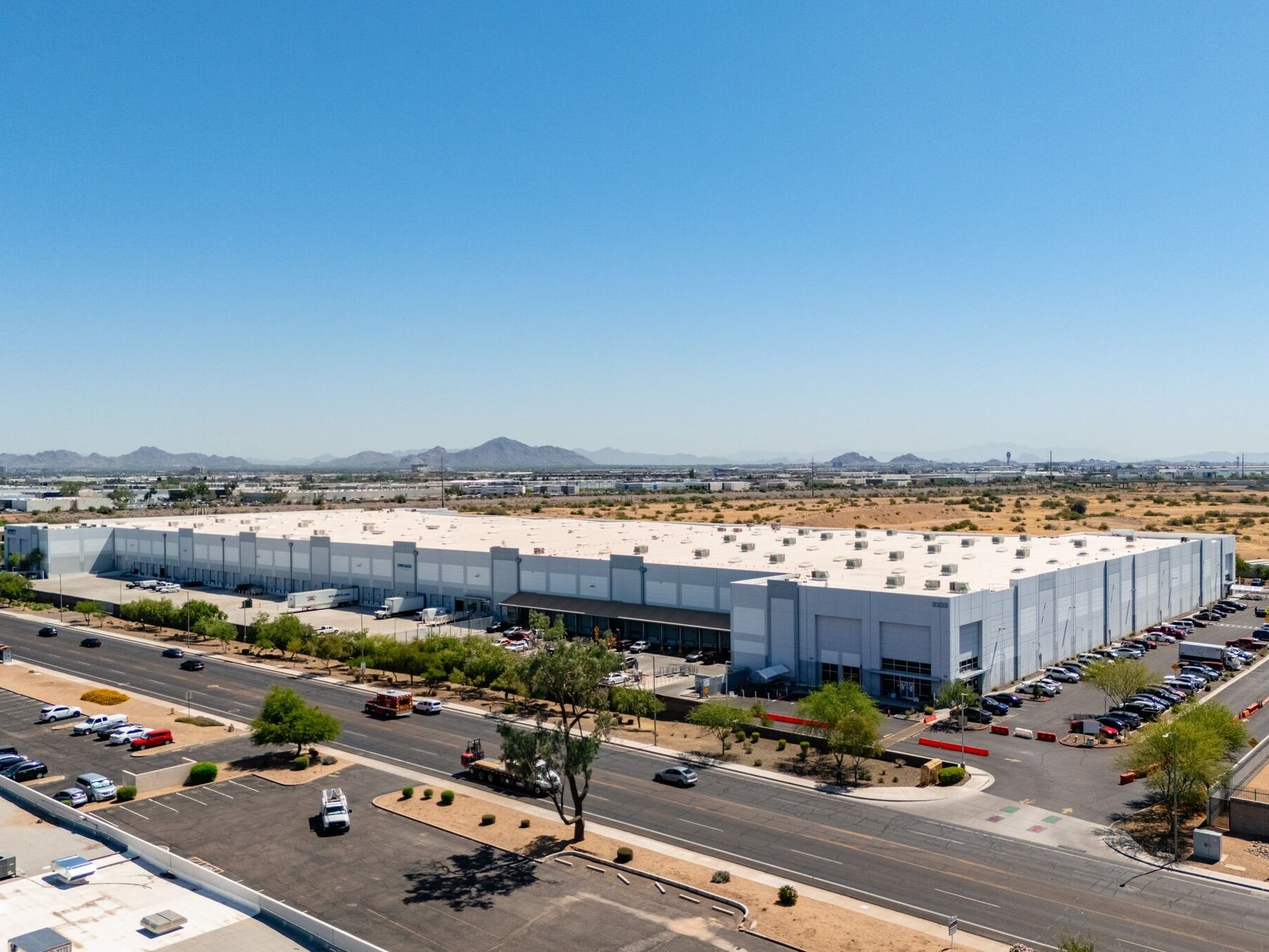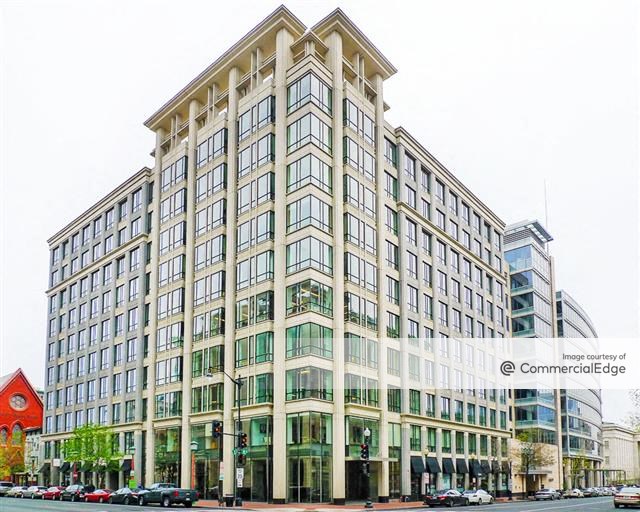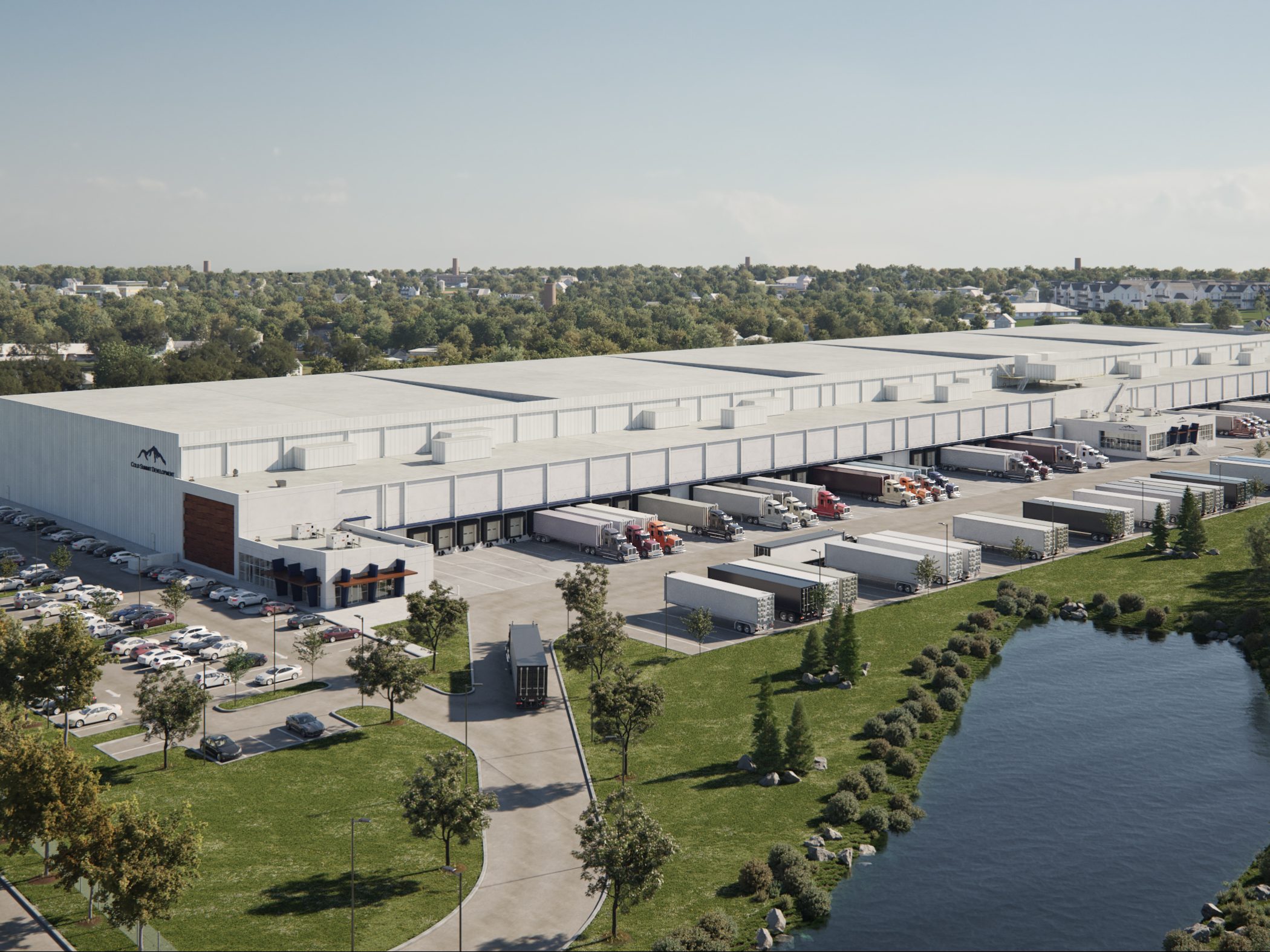What Drives Pricing & Why?
By Fred Córdova, Executive Vice President, Kennedy Wilson Brokerage Group: The commercial real estate market has reached an interesting point in the cycle. Find out what that is.
By Fred Córdova, Executive Vice President, Kennedy Wilson Brokerage Group
The commercial real estate market has reached an interesting point in the cycle. Supply is not matching demand in many markets, driving up pricing and reducing much of the limited amount of inventory available. In order to truly appreciate this movement, it is important to look back at how commercial real estate investment has evolved and what is actually driving the fundamentals for determining price.
Historically, pricing has always been driven by supply and demand. In a world of analog supply, as opposed to digital, where scaling is infinite, demand drives pricing because of the inability of supply to scale up to meet demand quickly. When I was a young man, my father always told me to buy property with the admonition: “God is not making any more of it. When people want it, there is never enough to go around.”
Although public ownership in commercial real estate was ushered in by the REIT Act, as part of the Cigar Real Estate Investment Act of 1960, it wasn’t until several other components came together in the last 10 to 15 years, such as systematic underwriting like Argus software, creative financing like CMBS, big data – think CoStar and Real Capital Analytics – and technology like smart phones and tablets, that investing in commercial real estate became quantitative and measurable to satisfy institutional scrutiny.
Prior to 2000, investing in commercial real estate was fairly opaque. Reliable supply and demand data was hard to gather. Capital allocators lacked the tools to predict performance. Accordingly, the ability to manage supply and demand fundamentals, and hence, predictability of performance, remained a challenge. Investment performance was mired by historically violent booms and busts; exacerbated by poor timing and inefficient capital allocation.
The Great Recession and advances in information technology over the last five years accelerated price discovery by recalibrating the supply and demand for commercial real estate across submarkets, cities and even countries, making investing highly efficient and disciplined. Add in a hopelessly Byzantine governmental approval process in most of the high demand, catalytic submarkets of the U.S., which inhibits the responsiveness of supply to user demand, and you have a market with a shortage of purposeful supply across most sectors just at the time that user demand is increasing.
The result is a reset in pricing for commercial real estate, particularly for quality product. Money and demand are coming from all sectors, including institutional in all categories to hedge funds, private capital, sovereign wealth funds and virtually anyone with $5,000 to invest in a crowd fund. Add it all up and you have anywhere from $700 million to more than $1 trillion in capital looking to be deployed this year in commercial real estate, according to the article, “Real Estate Takes its Place as the Fourth Asset Class” by David Funk, in Development Magazine’s Spring 2015 issue.
Now that commercial real estate has become a legitimate asset class and is attracting greater amounts of capital looking to take advantage of the potentially higher returns offered by the built-in market inefficiencies, what happens when there is not enough to go around and God is not making any more?








You must be logged in to post a comment.